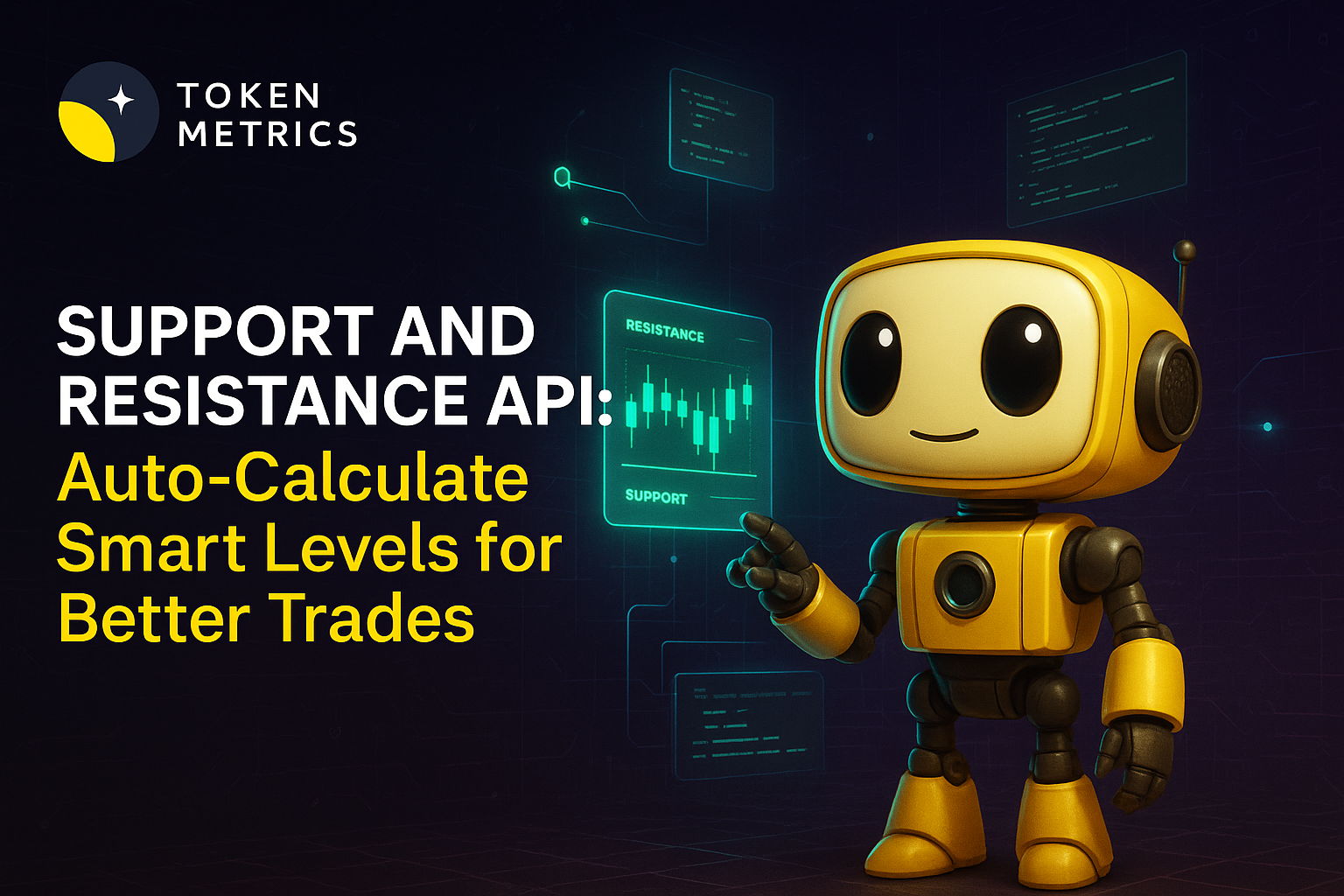Where Can I Invest in the Crypto Index? Best Platforms to Start in 2025

Crypto index investing has exploded in popularity as more investors look for smarter, simpler ways to grow their portfolios without tracking hundreds of tokens. But one of the most important questions to ask in 2025 is:
Where can I actually invest in crypto indices?
From passive funds to AI-powered smart portfolios, there are now several high-quality platforms that offer access to crypto indices—both centralized and on-chain.
In this guide, we’ll break down the best places to invest in crypto indices, what each platform offers, how they work, and which type of investor each is best for.
What Does It Mean to Invest in a Crypto Index?
Investing in a crypto index means buying into a portfolio of cryptocurrencies that tracks:
- The overall market (Top 10/25 tokens)
- A narrative (AI, DeFi, Memecoins, Layer 1s, etc.)
- A strategy (passive, active, or AI-managed)
The index handles rebalancing, asset weighting, and selection, allowing you to focus on growth—not micromanaging trades.
Platforms today offer access through:
- Web dashboards
- Mobile apps
- On-chain tokenized indices
- Brokerage platforms (in regulated markets)
Best Platforms to Invest in Crypto Indices in 2025
Here are the leading platforms based on performance, ease of use, index variety, and technology.
1. Token Metrics
Type: Centralized + AI-Powered
Access: Web-based dashboard
Best For: Smart retail investors, growth-focused portfolios
Key Features:
- AI-powered indices with weekly rebalancing
- Sector-based themes: Memecoins, AI, DeFi, RWA, Layer 1s
- Passive HODL indices (Top 5, 10, 25, 100)
- Real-time signal tracking and market insights
Why It’s Great:
Token Metrics offers the most intelligent index engine in the market. It uses 80+ data points per token (momentum, sentiment, technicals, etc.) to adjust portfolios weekly—automatically allocating to bullish tokens and exiting risky ones.
2. Bitwise Asset Management
Type: Traditional / Regulated
Access: Available via brokerages (Fidelity, Schwab)
Best For: Institutions, conservative investors, U.S.-based users
Key Features:
- BITW (Bitwise 10 Index Fund): Tracks the top 10 cryptocurrencies
- Institutional-grade custody and compliance
- Passive strategy with periodic rebalancing
Why It’s Great:
Bitwise is ideal for investors looking for regulated exposure to crypto without managing private keys or wallets. It's simple, safe, and SEC-compliant.
3. Index Coop
Type: DAO-governed / On-chain
Access: Web3 wallet (e.g., MetaMask)
Best For: DeFi-native investors, DAO supporters
Key Features:
- DeFi Pulse Index (DPI)
- Metaverse Index (MVI)
- Bankless GMI Index (innovation-focused)
- Community-driven governance
Why It’s Great:
Index Coop is 100% decentralized. Investors can buy index tokens on-chain, hold them in their wallets, and participate in DAO governance if they wish.
4. Phuture Finance
Type: On-chain Index Protocol
Access: DApp + Web3 wallets
Best For: Developers, yield hunters, DeFi builders
Key Features:
- Sector-based indices with real-time rebalancing
- User-created custom indices
- Full composability with DeFi protocols
Why It’s Great:
Phuture allows custom index creation, making it ideal for investors or DAOs looking to launch their own strategies. Fully non-custodial.
5. Tokensets (Set Protocol)
Type: Strategy Index Protocol
Access: On-chain via Ethereum or Polygon
Best For: Advanced DeFi users, automated traders
Key Features:
- Strategy-based indices using technical indicators (RSI, moving averages)
- Create or follow “Set Strategies”
- Tokenized exposure via ERC-20 index tokens
Why It’s Great:
Tokensets bring active trading strategies into index form, letting you automate trades based on predefined logic—perfect for traders who want hands-free execution.
Comparison Table

How to Start Investing in a Crypto Index
Step 1: Choose Your Platform
Pick based on your profile: centralized vs. decentralized, active vs. passive.
Step 2: Choose an Index
Select based on theme (e.g., DeFi, AI), market cap (e.g., Top 10), or strategy (AI-powered, yield-focused).
Step 3: Fund Your Account or Wallet
Use fiat, stablecoins, or crypto—depending on the platform.
Step 4: Monitor or Automate
Passive indices need little attention. AI or strategy indices may benefit from weekly check-ins to track rebalancing or updates.
Tips for Choosing the Right Platform
✅ Want automated, data-driven investing? Use Token Metrics AI Indices
✅ Want regulated, TradFi exposure? Use Bitwise
✅ Want DeFi-native exposure? Use Index Coop
✅ Want to launch your own index? Use Phuture
✅ Want auto-trading with technical rules? Use Tokensets
Final Thoughts: The Best Place to Start Is Where You Feel in Control
In 2025, crypto indices are everywhere—but not all platforms are created equal.
- For maximum performance with AI-driven signals, Token Metrics is unmatched.
- For institutional access, Bitwise is the gold standard.
- For full decentralization, Index Coop, Phuture, and Tokensets lead the charge.
No matter your background, there’s a crypto index platform designed for you. All it takes is a few clicks to get started with smarter, diversified crypto investing.
Create Your Free Token Metrics Account

.png)




%201.svg)
%201.svg)


%201.svg)










.svg)




.png)